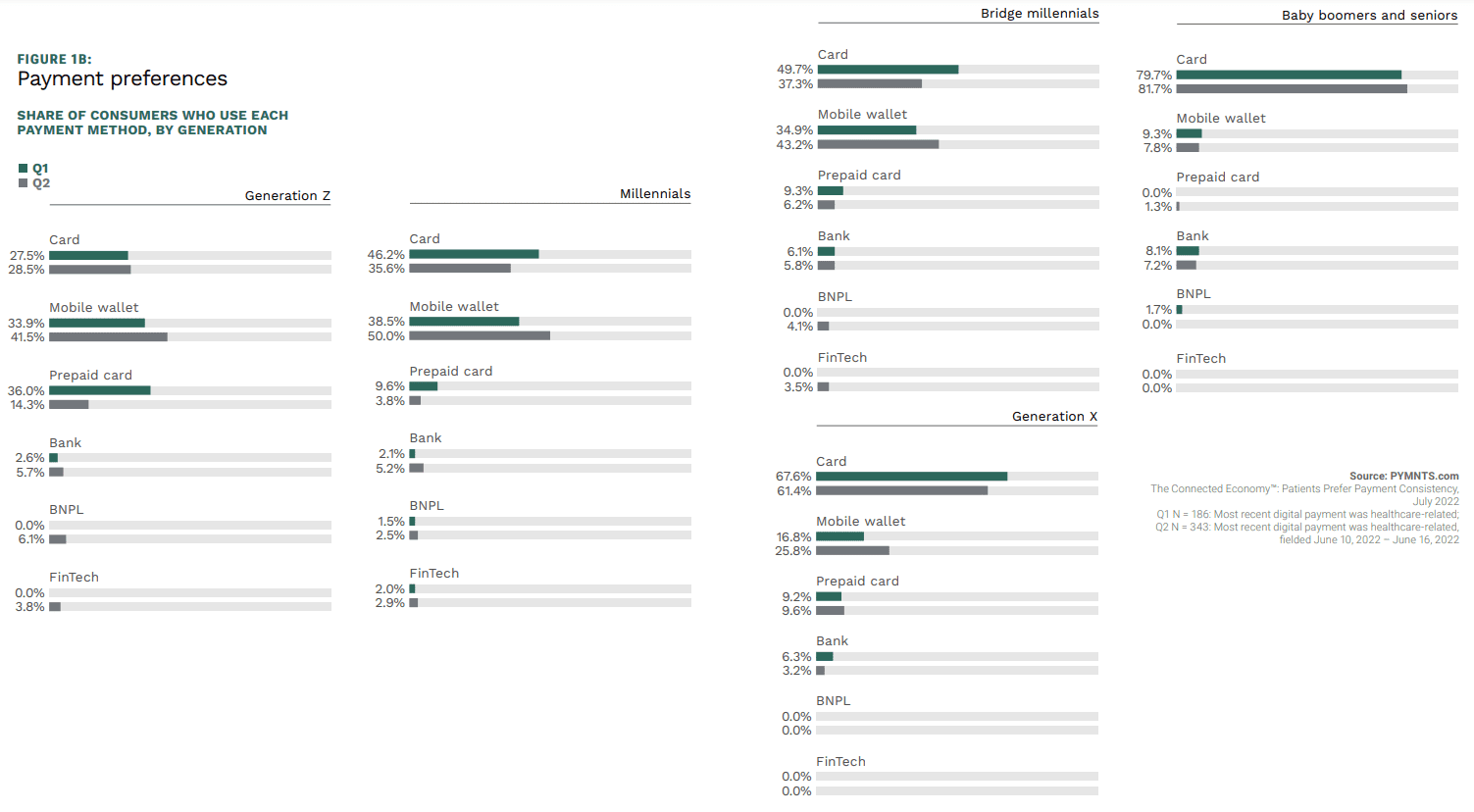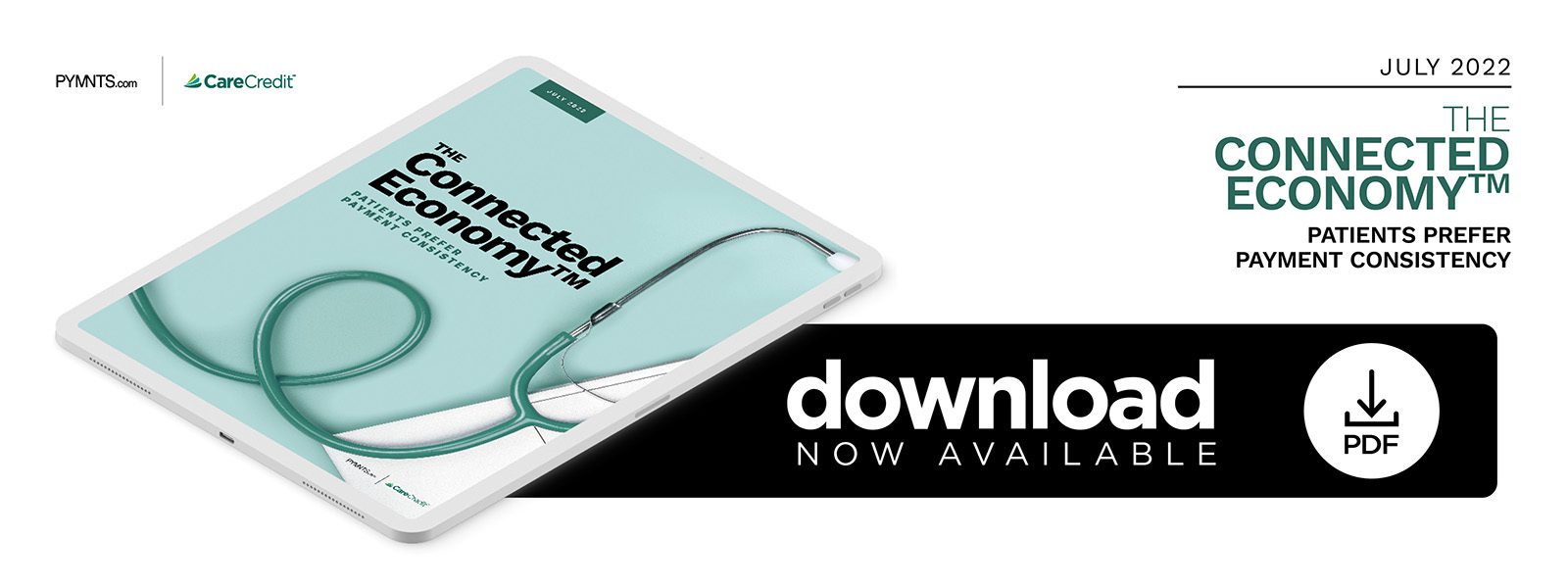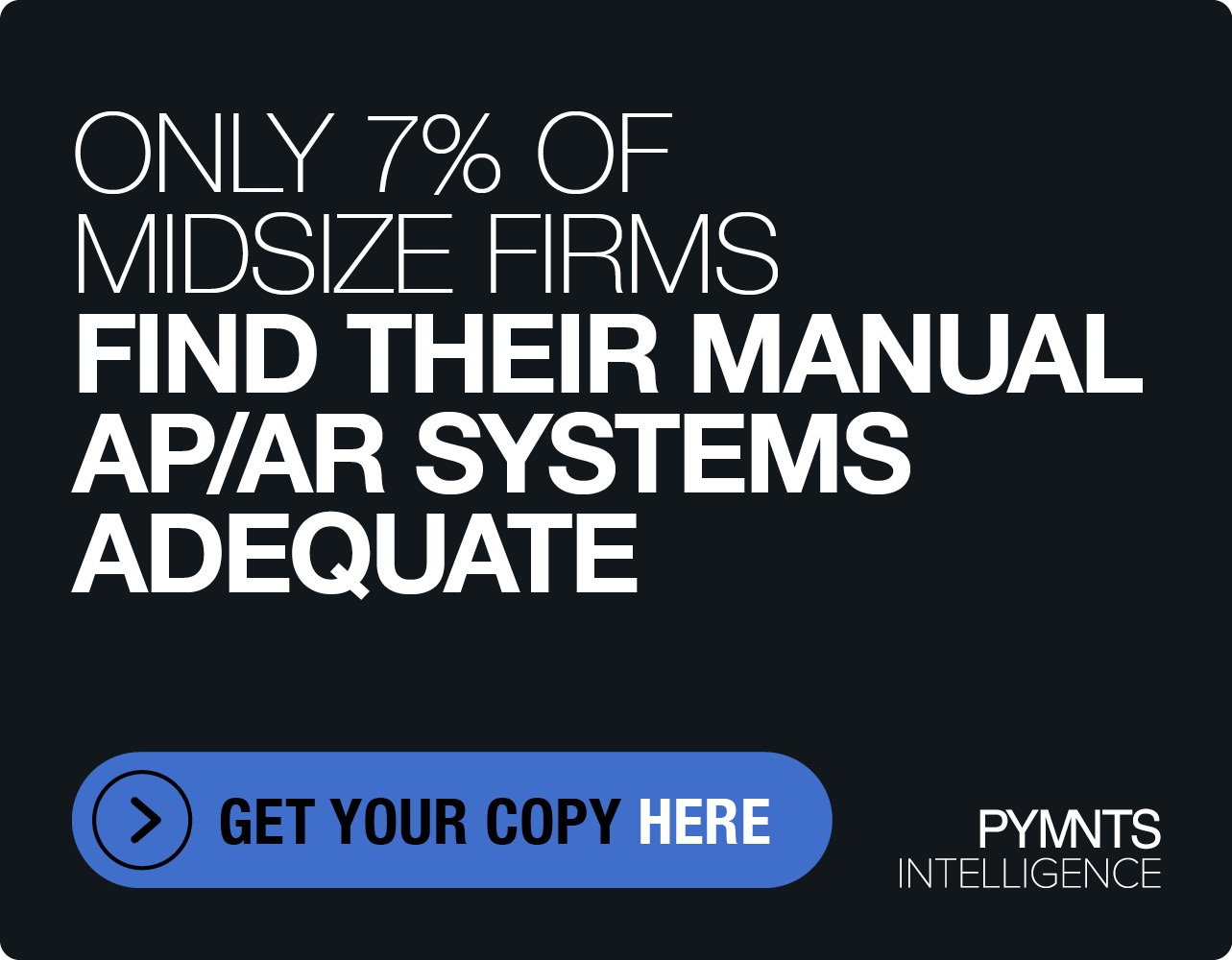2 in 3 Paycheck-to-Paycheck Consumers Prefer to Pay Drs. With Credit
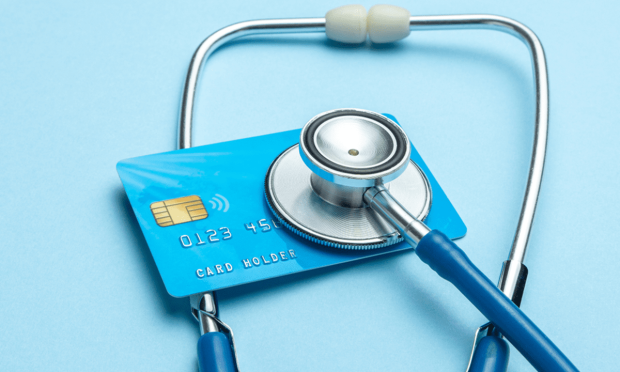
What can payments preference tell us about differences in healthcare consumers? In basic terms, those on a solid financial footing stick to the familiar — credit cards mostly — while struggling paycheck-to-paycheck consumers and younger generations are trying out new ways to pay, primarily mobile wallets.
In the study The Connected Economy™: Patients Prefer Payment Consistency, a PYMNTS and CareCredit collaboration, a survey of nearly 2,800 consumers found a wide variation in how different demographic cohorts at differing levels of financial health pay for their care.
Get the Report: The Connected Economy™: Patients Prefer Payment Consistency
Data shows 72% of consumers not living paycheck-to-paycheck used a credit or debit card to make a healthcare-related payment in Q2, as did 37% of consumers who live paycheck to paycheck with issues paying bills. Nearly 70% (69.4%) of those not living between checks paid with a credit card in Q2, as did over 65% of paycheck-to-paycheck consumers who can handle bills.
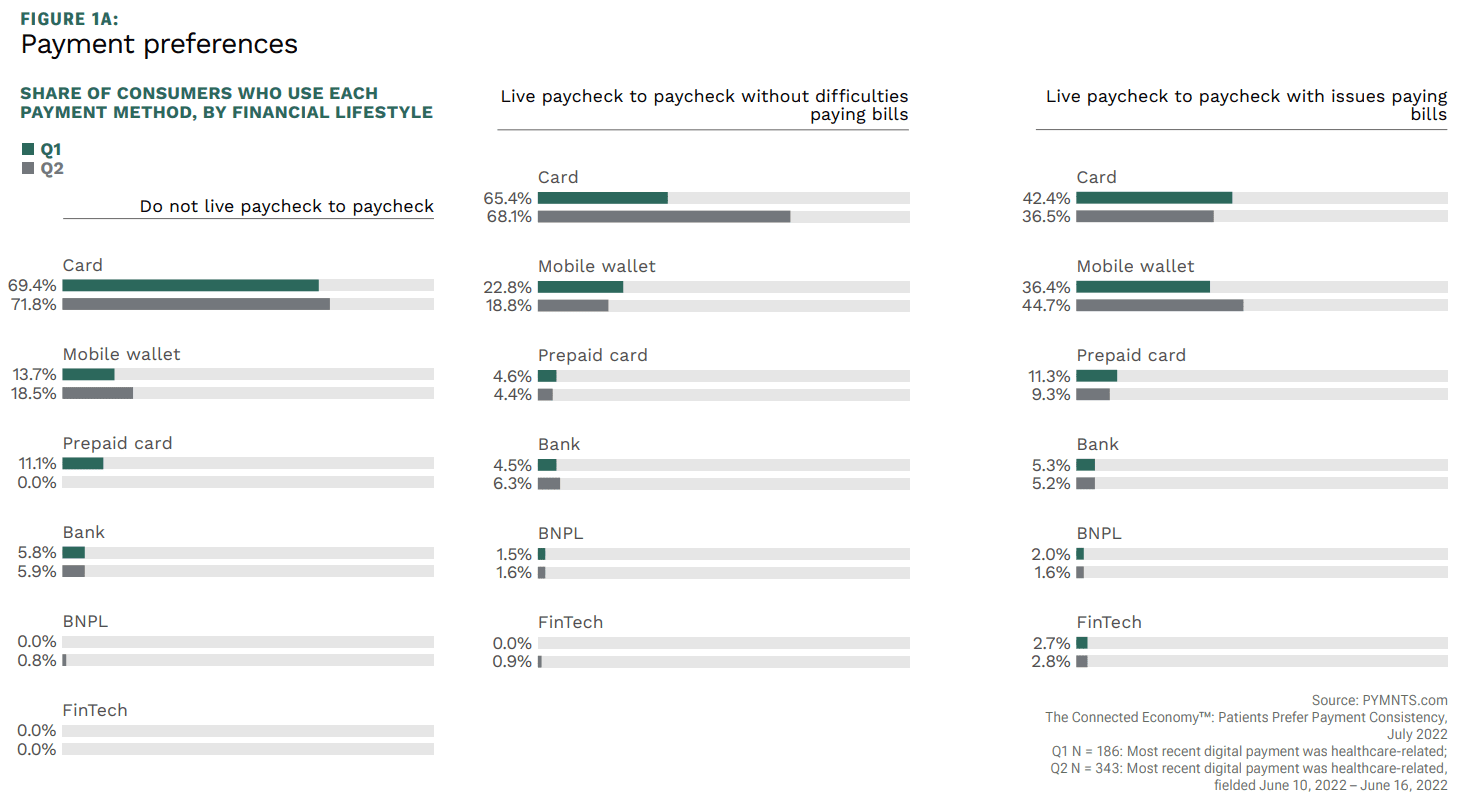 The picture alters as we move to younger demographics who may not have access to credit cards and are generally more willing to try newer payment form factors like digital wallets.
The picture alters as we move to younger demographics who may not have access to credit cards and are generally more willing to try newer payment form factors like digital wallets.
In Q2, fully half (50%) of millennials used a mobile wallet to pay for healthcare services, followed by 42% of Gen Z. By comparison, only 8% of baby boomers used a digital wallet.
We note that patients who struggle financially and live paycheck to paycheck tend to be younger, so the fact that the Generation Z and millennial cohorts lead when it comes to adopting payment technologies other than hard-to-get credit cards adds up.
The study states that “Given the rise in popularity of these tech-forward payment methods among younger generations, it makes sense for healthcare professionals to anticipate a future where these payment options are readily available.”
